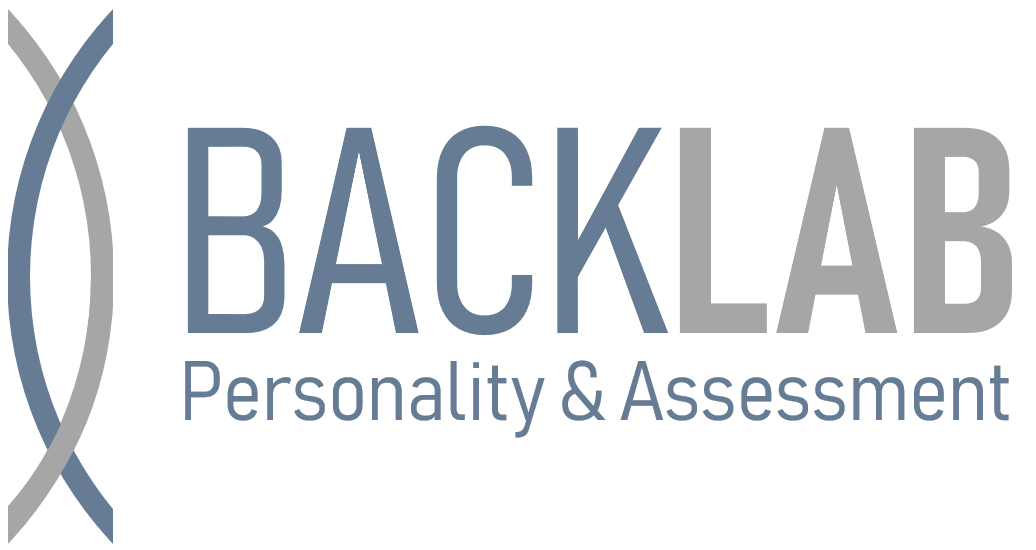Religiosity and threat towards ethnic-religious minorities
The experience of challenge versus threat is a central reaction to demanding and potentially stressful situations. In the past decade, these situations included dealing with Islamism (including Islamist violence), the sudden increase in the number of refugees (the so-called “wave of refugees” from 2015), the increasing proximity of and confrontation with violence, crises, war and terror in non-European regions, and the uncertainties over how to deal with cultural differences and (value) conflicts. People may experience such situations more as a threat or more as a challenge, which depends especially on how they cognitively evaluate the demands (danger, uncertainty, effort required) and their own resources (knowledge, skills). Feelings of threat have been most evident in recent years in how people react to Muslims and refugees.
In this project, we are examining the role of religiosity for the perception of threat towards ethnic-religious minorities. What role individual religiosity and religious attitudes play in feelings of threat has been the subject of heated debate. On the one hand, religion is understood as a buffer that provides security and therefore mitigates the need for delimitation from foreign groups. A similar argument is made when emphasis is given to the role of religion in helping those in need (“Christian charity”), a line of reasoning that claims that religiosity goes hand in hand with lower feelings of threat. On the other, a person’s religion can be seen as a defining feature of her own community and identity, with people with a higher level of religiosity therefore making belonging and demarcation more dependent on religious affiliation – and devaluing religious strangers more strongly and feeling more threatened by them (“saving the Christian Occident”). Based on this reasoning, religiosity should go hand in hand with stronger feelings of threat. This contrasting views on the role of religiosity will be tested in a number of data sets including cross-country surveys. In doing so, we will also differentiate religiosity and religious fundamentalism/dogmatic religious attitudes. In addition, we will explore interactive effects of religiosity and further individual characteristics such as perceived societal marginalization, social dominance orientation, right-wing authoritarianism, and political attitudes.

